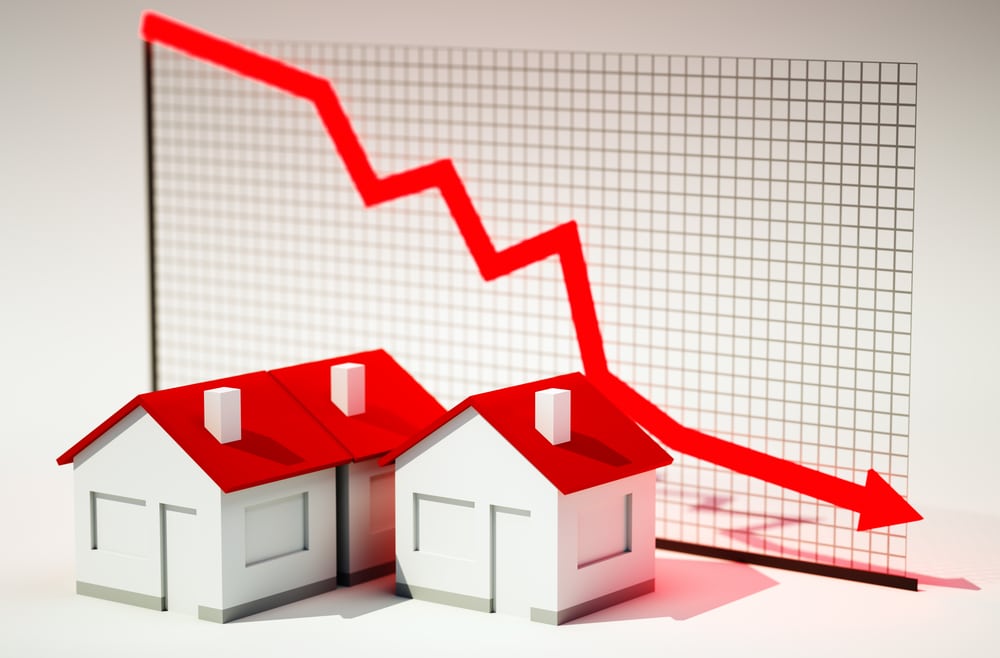
U.S. Housing Market Hits Roadblocks as Affordability Worsens
New Home Sales Drop Sharply in May
In May 2025, new home sales in the U.S. fell by 13.7% month-over-month, pushing the inventory of unsold homes to a three-year high. According to data from the U.S. Census Bureau and analysis by CNBC, high mortgage rates—hovering near 7%—continue to pressure buyers. But there’s more to this than just rates. Many prospective buyers simply can't meet today’s home prices, particularly in large urban markets.
A Price Problem, Not Just a Rate Problem
While mortgage rates in the 6–7% range aren’t historically unusual, what is unusual is the disconnect between income and housing costs. In cities like Los Angeles and San Francisco, even so-called “starter homes” now top $1 million. A household would need to earn over $250,000 annually to afford the median new mortgage in those areas. That’s not just out of reach—it’s a structural mismatch between wage growth and asset inflation.
Construction Slowdown Signals Caution
Builders are reacting. New construction activity is falling across the board:
- New home builds are down 19.6% since late 2022
- Multifamily units have declined by 25.8% since August 2023
- Single-family construction has dipped 24.9% since June 2022
High materials costs, labor shortages, and waning demand are the primary culprits. Many developers are pausing projects until there’s more price stability or until buyers return to the market in force.
Affordability Crunch: A National Concern
Roughly 70% of U.S. households can’t afford a home at current prices and rates. In many metro areas, residents spend 50–60% of their monthly income on housing—far above the 30% guideline recommended by financial planners. The consequence? A growing segment of would-be buyers are stuck renting indefinitely.
Data from Redfin shows that 14.2% of pending home sales fell out of contract in May—about 59,000 deals. Meanwhile, active listings jumped 16.2% year-over-year, suggesting sellers are entering a market with fewer and more cautious buyers.
Real Estate Industry Feeling the Strain
The slowdown isn’t just affecting buyers. Realtors and builders are facing increasing financial pressure. In 2024, 71% of realtors didn’t close a single sale. Builders are pulling back investments, scaling down projects, and anticipating leaner years ahead. It’s a sign the industry is recalibrating after a decade of rapid growth and speculation.
Los Angeles Declares Fiscal Emergency
Compounding housing market challenges are local fiscal crises. Los Angeles, for example, is facing a significant budget shortfall and has declared a fiscal emergency. Over 600 layoffs are planned—including nearly 250 police officers—as the city attempts to rein in spending. Rising homelessness and infrastructure strain are further complicating LA’s status as a livable city.
Labor Market Shifts: Wages and Costs Collide
At the same time, LA’s phased plan to implement a $30 minimum wage for hotel workers by 2028 is gaining traction among broader labor groups. While wage increases could improve living standards, critics warn they may also accelerate business closures or relocations if not accompanied by strong economic growth and productivity.
Eleven Key Economic Warning Signs
According to various economic trackers, the U.S. economy is flashing several caution lights:
- New and existing home sales are declining
- Retail and labor market performance is softening
- Layoffs are rising in tech and media
- Industrial production is slowing, especially in California
- Inflation, while officially under 3%, feels significantly higher when essentials are considered
None of these indicators on their own spell disaster—but taken together, they point to a fragile economic balance that could tip without careful policy adjustments.
Final Thoughts: Be Prepared, Not Paranoid
What we’re witnessing isn’t a collapse—it’s a reshuffling. Housing, jobs, and wages are all being redefined by economic forces largely outside individual control. That said, personal financial health still matters more than headlines. Focus on what you can control:
- Keep your monthly housing costs manageable
- Save for emergencies
- Stay employable through skills and adaptability
- Avoid high-interest debt
Resilience isn’t about fear—it’s about foresight.
Download 'Seven Steps to Protect Yourself from Bank Failure' by Bill Brocius
Click here to download











